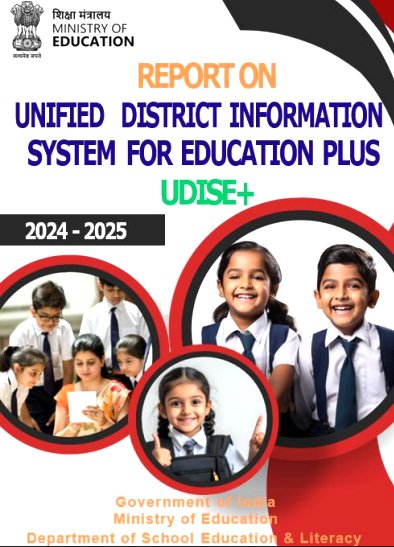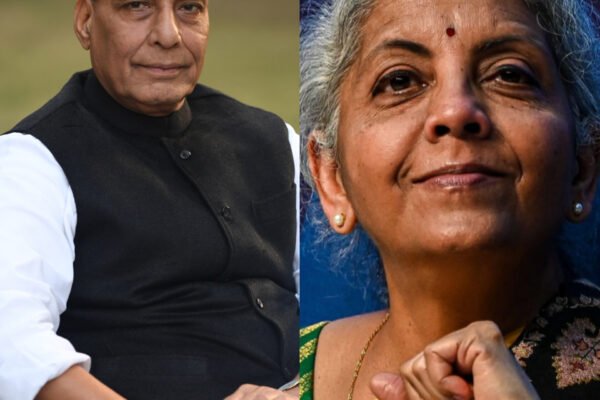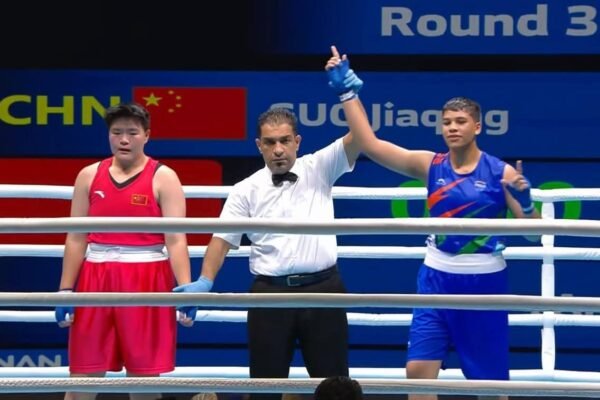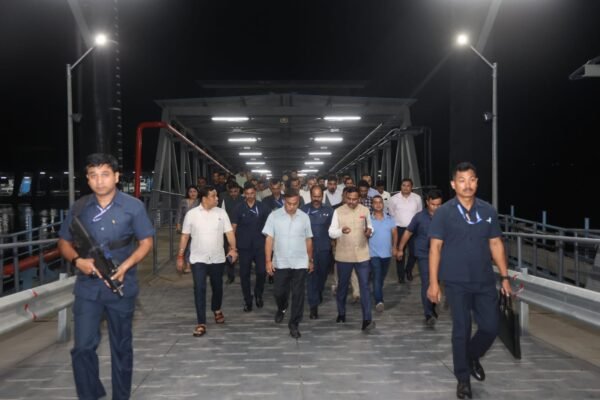Agartala, October 28, 2025: Tripura has made significant progress in education access and equity, as per the Unified District Information System for Education (UDISE+) 2024–25 report released by the Ministry of Education. The data reveals that 340 schools with a total enrolment of 6,492 students are being operated by a single teacher, while overall, 6,90,084 students are studying across 4,943 schools managed by 37,733 teachers. The state’s Pupil-Teacher Ratio (PTR) stands at 24:1, closely matching the national average, indicating effective teacher distribution.
The report highlights that 10.8 percent of schools have fewer than 10 students, though there are no schools with zero enrolment. Among 485 private unaided recognized schools, 185 offer classes I–V, 145 offer I–VIII, 75 offer I–X, and 79 provide education from Class I–XII. Tripura reported 2,73,232 students at the foundational level and 2,66,419 students at the secondary level, with gender parity maintained, reflecting steady participation of girls in schooling.
Among these students, around 6,18,984 has provided Aadhaar number. Dropout rates remain under control at 1.30 percent at preparatory level, 3.20 percent at middle level, and 8.8 percent at secondary level.
Of the total enrolment, 4,88,937 students study in 4,187 government schools, 28,103 in 42 government-aided schools, and 12,067 in central and special-category institutions such as Kendriya Vidyalayas, Navodaya Vidyalayas, and Eklavya Model Schools. Private institutions are gaining popularity, with 1,61,544 students enrolled across 485 schools. Government schools employ 27,601 teachers, averaging seven per school, compared to private schools that employ 8,195 teachers, averaging over 16 per institution, highlighting a disparity in staffing patterns.
Infrastructure-wise, all schools have electricity, and over 97 percent have separate toilets for boys and girls. Functional drinking water is available in 4,109 schools, while 3,952 schools have internet connectivity. However, only 41 percent of schools overall have internet facilities. Solar panels have been installed in 221 schools and rainwater harvesting systems in 186. Computer education is offered in 3,289 schools, covering 85 percent of private institutions. Science laboratories are available in 428 of the state’s 1,229 secondary-level schools. Additionally, 221 schools are equipped with ramps and handrails for Children with Special Needs (CWSN).
Tripura has demonstrated notable progress in school education as per the Unified District Information System for Education Plus (UDISE+) 2024-25 report, which for the first time aligns completely with the National Education Policy (NEP) 2020’s 5+3+3+4 structure. The state continues to maintain a strong network of schools, improve student enrolment efficiency, and enhance teaching resources, while focusing on equity and digital infrastructure.









